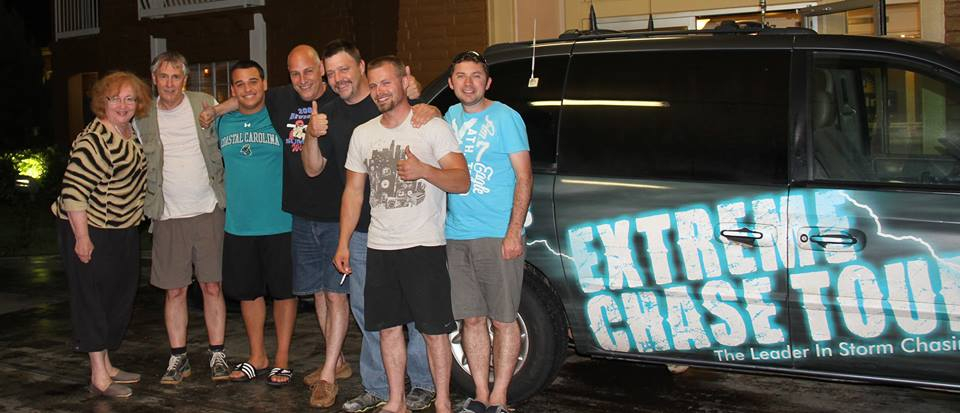TORNADO TOUR SAFTY!

Safety while on a storm chasing and tornado tour is crucial. Obviously anytime you are chasing weather, there will be inherent risk involved. Some of these risks are outlined in the liability waiver, which must be signed by each tour guest. We will NEVER stop in close proximity to a tornado unless there is a proper escape route. Despite our name, we will not take unneeded risks while storm chasing. Your safety is our #1 priority, and we do everything to make sure you are kept safe. As such, we have written safety guidelines to account for every possible risk. These tour safety guidelines are reviewed and updated regularly by the entire Extreme Chase Tours team. This dedication to safety means:
No safety incidents since our inception in 1999!
The Extreme Chase Tours team consists of a blend of meteorologists, veteran storm chasers, and trained storm spotters.
All Extreme Chase Tours team members receive a rigorous formal safety orientation and training, including driving, annually prior to our tour operations.
Our storm chasing tour vehicles are carefully checked by a professional automotive technician prior to each season, and in between each tornado tour. Special attention is given to brakes, belts, hoses, wipers, tires, and all other safety features.
All tour drivers are approved by our insurance company.
All tour drivers must maintain a safe personal driving record to be employed by Extreme Chase Tours.
All meteorologists, guides, and weather forecaster must maintain a safe distance from tornadoes and other significant hazards. We will not and do not drive into tornadoes.
All Extreme Chase Tours guests are required to attend our safety orientation (during our meet and greet dinner) prior to each tour.
All storm tour guests, and all Extreme Chase Tours staff, are required to wear seat belts at all times.
All tornado chasing tour guests are required to stay clear of roadways when stopped.
Extreme Chase Tours does and will assist in the warning dissemination process by giving weather reports directly to the National Weather Service to help with public safety needs, including live storm reports and post-storm reporting for damage surveys
